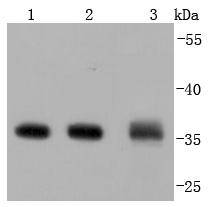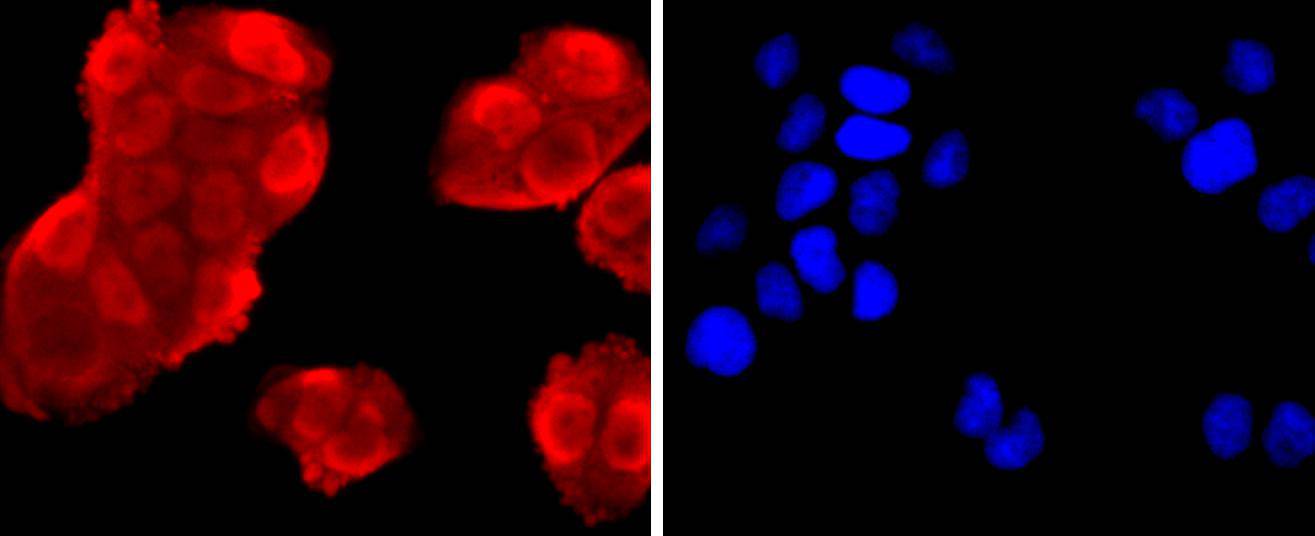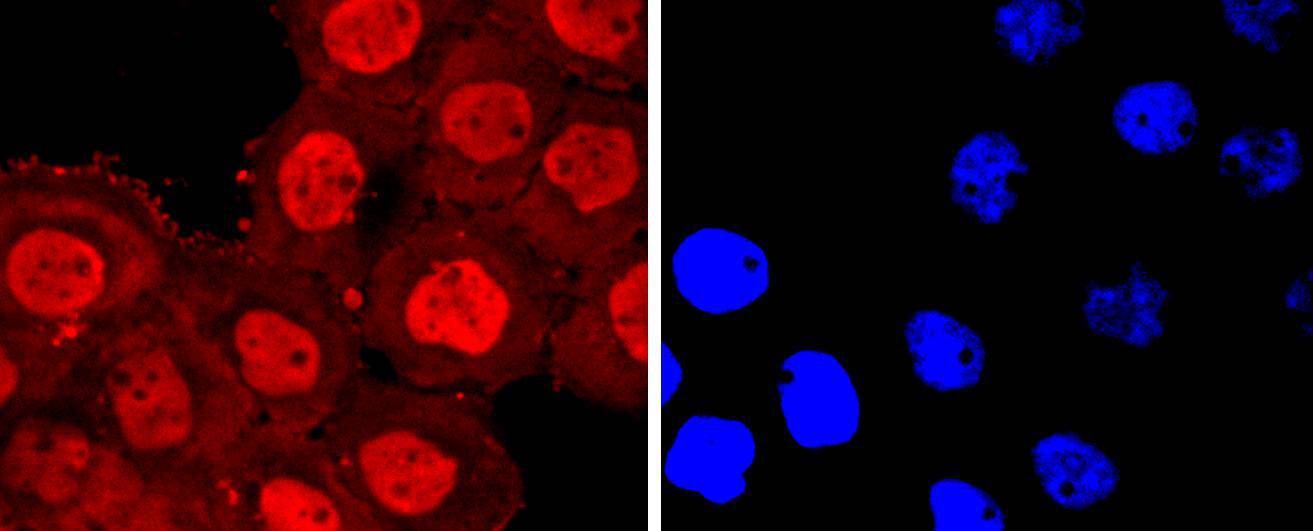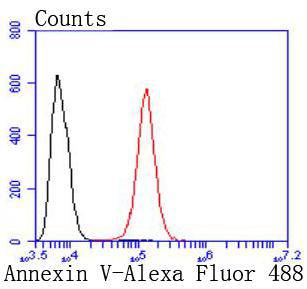The annexin family of calcium-binding proteins is composed of at least ten mammalian genes and is characterized by a conserved core domain, which binds phospholipids in a Ca2+-dependent manner, and a unique amino-terminal region, which may confer binding specificity. Annexin family members have been implicated as regulators of such diverse processes as ion flux, endocytosis and exocytosis, and cellular adhesion. For example, the crystal structure of Annexin III has suggested a hydrophilic amino-terminus with possible Ca2+ channel activity. Similarly, Annexin V has ion channel properties. Annexin IV, also referred to as endonexin, functions to regulate Cl-flux by mediating calmodulin kinase II (CaMKII) activity and Annexin V has been shown to regulate PKC activity. Annexin V is ubiquitously expressed at high levels in tissues and cells grown in tissue culture, while Annexin VIII exhibits a more limited distribution. Where co-expressed in the same tissues, Annexin VIII is often expressed at a 100-fold lower level than Annexin V. However, Annexin VIII is preferentially expressed in acute promyelocytic leukemia (APL) cells, which may relate to its role in hematopoietic cell differentiation.




